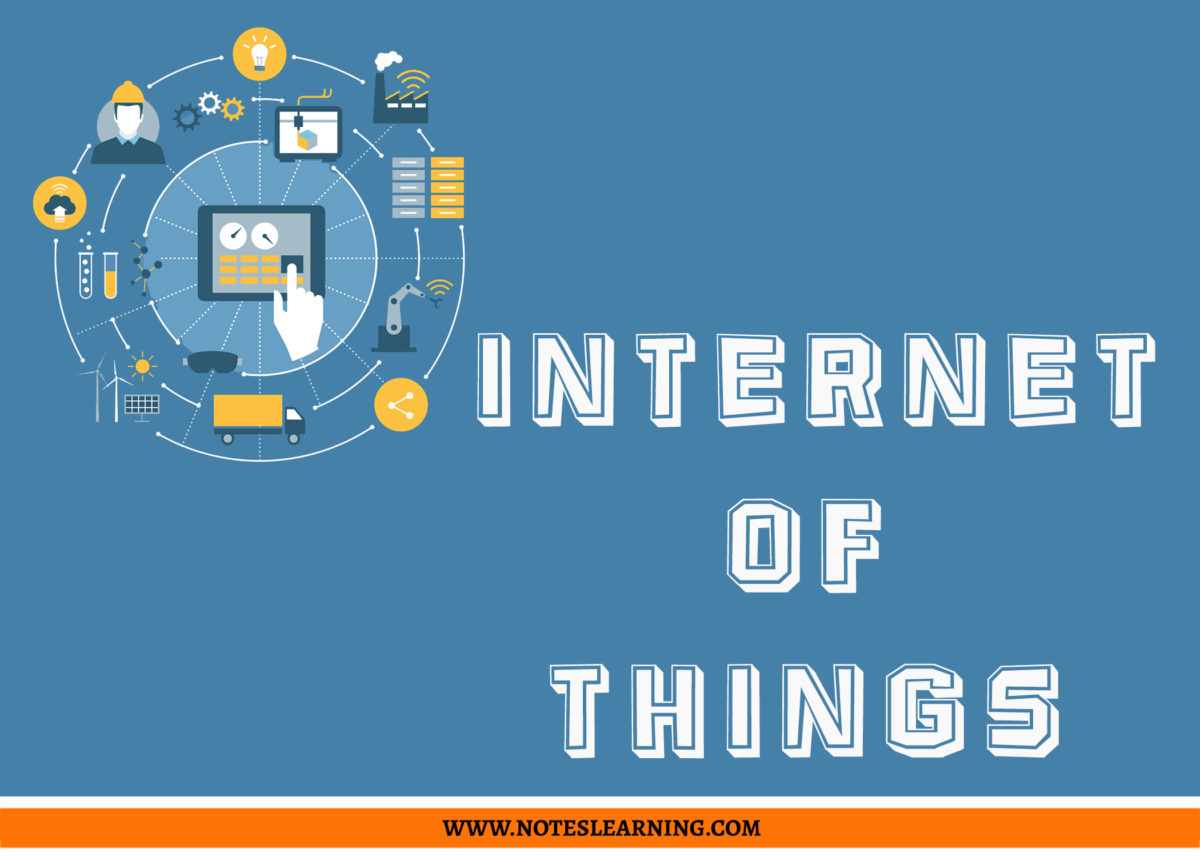What is Market Liquidity ?
Introduction to Market Liquidity Market liquidity is the degree to which an asset can be bought or sold in the market without affecting its price. It is a measure of how easily an item can be traded for another item, or into the common currency within an economy. Liquidity is mainly determined by the size … Read more










